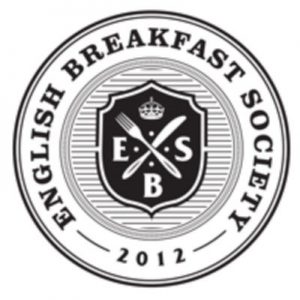 “To eat well in England, you should eat breakfast three times a day”– Somerset Maugham
“To eat well in England, you should eat breakfast three times a day”– Somerset Maugham
William Somerset Maugham was an enormously popular playwright, novelist, and short-story writer with a 65-year long career. Born in the British Embassy in Paris, he spent much of his life as an ex-pat living most of it on the French Riviera. He must have dearly missed this iconic morning plate of back bacon, eggs, sausage, and baked beans, fried tomatoes, fried mushrooms, black pudding, and fried and toasted bread. It is considered a culinary masterpiece by some, a hangover cure to many, and an artery-clogging mess by others. But in England itself, you’ll find it in virtually any greasy spoon, pub, restaurant, and hotel dining room. There’s even an English Breakfast Society which describes itself as “a learned society of fellows, dedicated to the tradition and heritage of the full English Breakfast”. Much of what I learned, I learned from this group. You’ll find them at https://www.englishbreakfastsociety.com
The English Breakfast–colloquially known as The “Fry Up” –what’s in it and what’s not.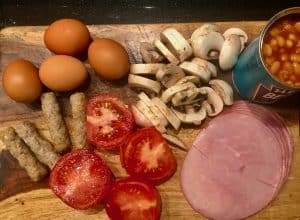
Today’s recipe is not at all hard for home cooks to make. Just 5 minutes of prep and 30 to put it together for two. And we’re with Maugham here—it’s such a substantial and delicious meal, it can be enjoyed at any time of the day. The Breakfast Society members favor it around lunchtime. It’s definitely Breakfast for dinner for a lot of people. One in 3 British families reports supping on it once a week. Its ingredients may vary on where you eat it. In the South of England, you will hear that black pudding is a Scottish ingredient. It’s not in our recipe simply because, in our house, we don’t like it. The most controversial ingredient is what’s not in it. Hash browns and French fries are considered by the Society “cheap breakfast plate fillers in badly run cafes, by people who have no respect for our traditions.” Well, we’ll have none of that.
 The English breakfast is a centuries-old breakfast tradition.
The English breakfast is a centuries-old breakfast tradition.
In England, Breakfast can be traced back to the 1300s and the emergence of the Gentry. This privileged group of ‘noble and distinguished blood’, landowners and ‘genteel’ families, were guardians of traditional English country lifestyle. Descendants of the Anglo-Saxons and their tradition of social hospitality, the Gentry saw it as their duty to turn their great country houses into local social hubs. Breakfast was considered the most important meal of the day. It was served before they went out to hunt or went on a long journey or when welcoming new arrivals to their estates.
As England industrialized under Queen Victoria, a new class 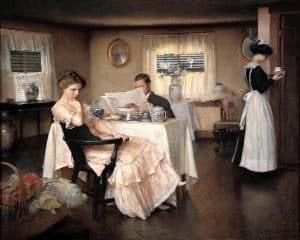 emerged.
emerged.
Made up of merchants, industrialists, business people, the Gentry was the class the Victorians sought to emulate. They made breakfast a major social event. They saw it as their opportunity to demonstrate their wealth, good taste, and social upbringing. Their descendants, the Edwardians, began a golden age of long, leisurely breakfasts in the Empire where the sun never set. It was the Edwardians who ‘standardized’ the ingredients to what they are today. Later, the middle class adopted the full English Breakfast as a family meal. And the working class ate it as a way to nourish themselves for their days’ labor. For two centuries, across all British Society, the full English breakfast has been enjoyed by all. Now let’s eat. And after, some other British recipes you may enjoy.
Recipe for a Full English Breakfast
A British Classic--a Full English Breakfast that can be eaten any time of day you like.
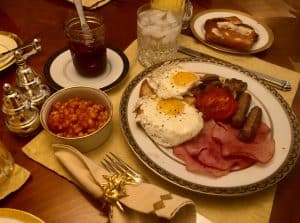
Ingredients
- 4 Pork Sausages
- 6 Strips Of Back Bacon
- 4 Eggs
- 1 Tomato
- 2 Cups Of Mushrooms
- 1 Can Of Baked Beans
- 200g Of Black Pudding
- Tea or Coffee
- Fresh Orange Juice
- 6 Pieces Of Sliced Bread
- 2 tbsp. Olive Oil
Directions
- Step 1 Preheat the oven to 200F. Put parchment paper over a sheet pan. As the ingredients are cooked, use the sheet pan to keep them warm in the preheated oven.
- Step 2 The first thing to do is to cook your bacon, which will take the longest. Cook it in a large non-stick pan turning it occasionally will make sure it cooks evenly on both sides. Cut notches in the fat so it doesn’t curl up when it cooks, making it more difficult to crisp up the fat.
- Step 3 Next, you need to start frying your bread. Fried bread is one of the English breakfasts dirty little pleasures because it’s so greasy, but fried bread is brilliant with a fried egg on top and makes your breakfast deliciously crunchy. Fry two slices in butter and put them on the sheet pan in the oven.
- Step 4 Once your fried bread is done, now start frying your tomatoes and mushrooms in the same skillet. They only need to be lightly fried before being put on the pan with your fried bread to await breakfast assembly.
- Step 5 Cook your sausages and black pudding(if serving), you can fry them in the same pan and they need to be fried evenly and well to make sure they are both cooked inside and out.
- Step 6 Before your sausages are done cooking, put the other four pieces of bread in the toaster. When they are toasted, put them with the other waiting ingredients.
- Step 7 When you put your toast in is a good time to start cooking your baked beans, they usually just need to be heated up and you can do that in 2 minutes in a microwave or in a small pan on the stove. We like to serve them in a little pot so that they do not spread.
- Step 8 Next, add two tablespoons of Olive Oil to the skillet. Fry 4 eggs until the yolks are set.
- Step 9 Assemble all of the ingredients on their final plates for serving. Plates should be large enough to hold all the ingredients of a full English breakfast comfortably without everything feeling cramped.
- Step 10 Serve the breakfast with lots of fresh tea and coffee, together with a glass of fresh orange juice. It is also nice to serve a glass of water with breakfast too.
- Step 11 Make sure there is a selection of jam, butter, and marmalade for the toast on the table, as well as salt, pepper, tomato sauce, and HP Brown sauce if you can get it.
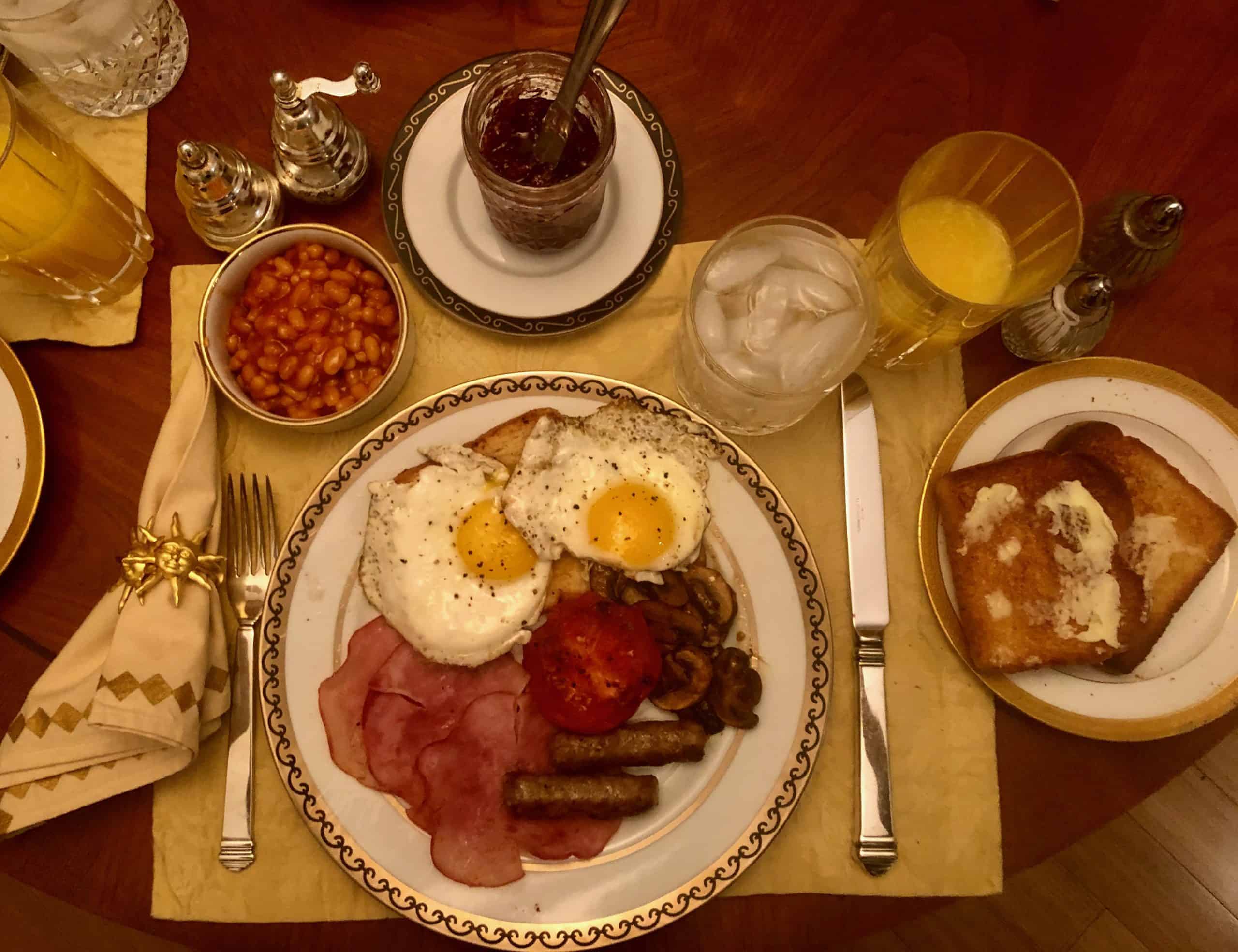
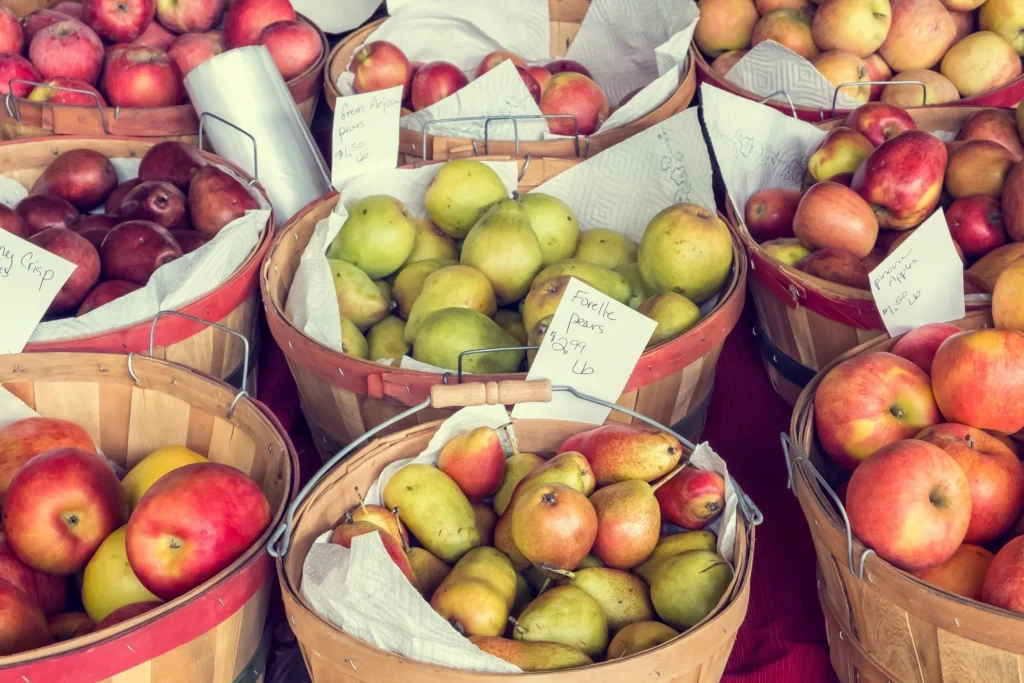
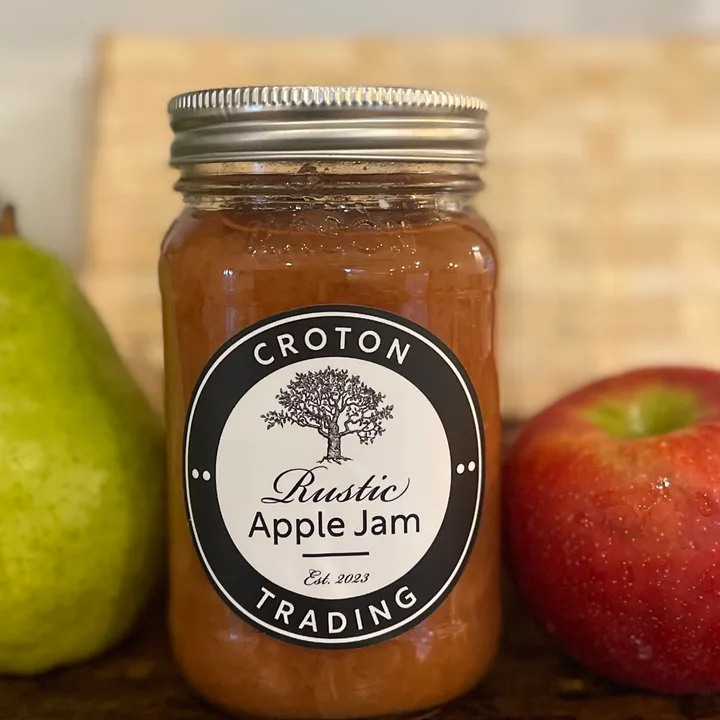
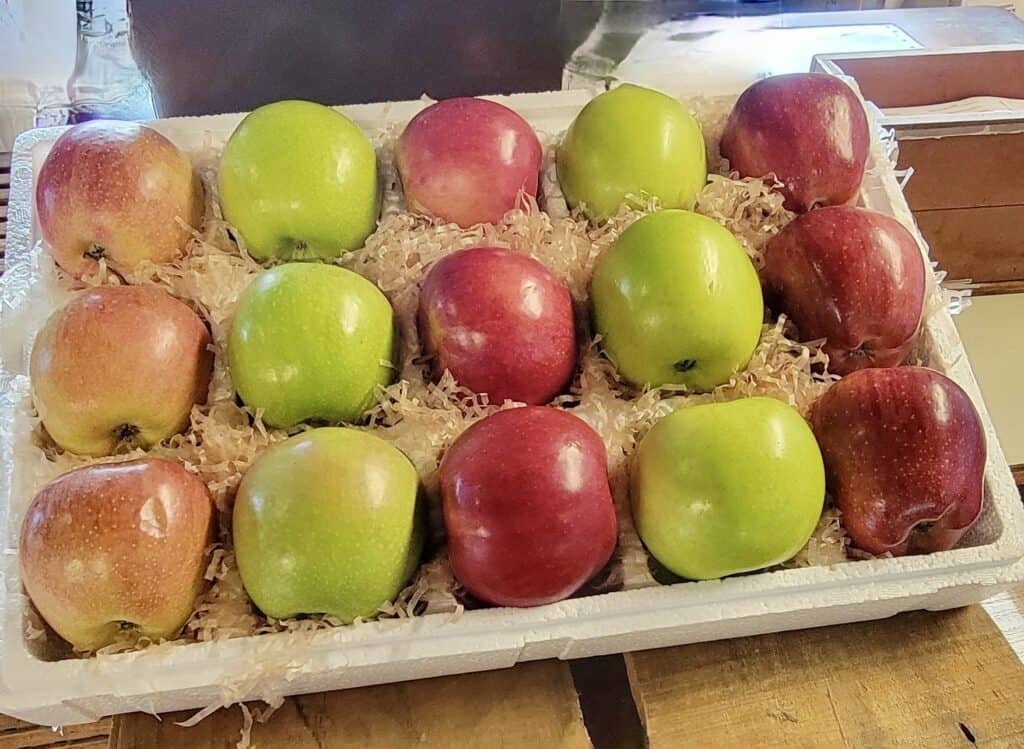
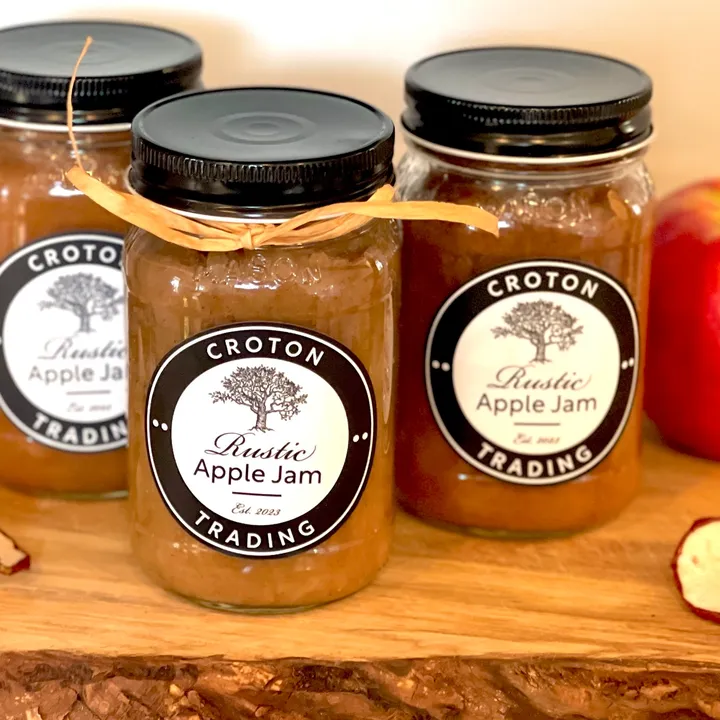
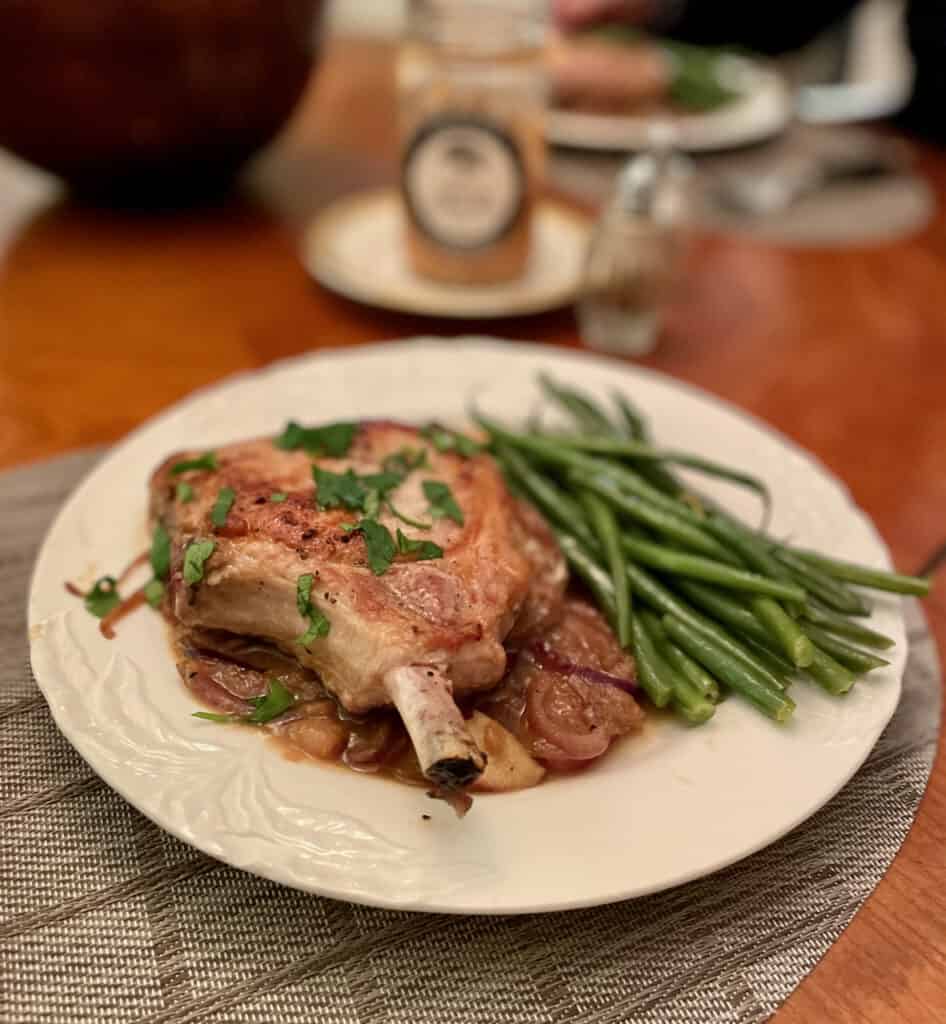






4 thoughts on “A Full English Breakfast”